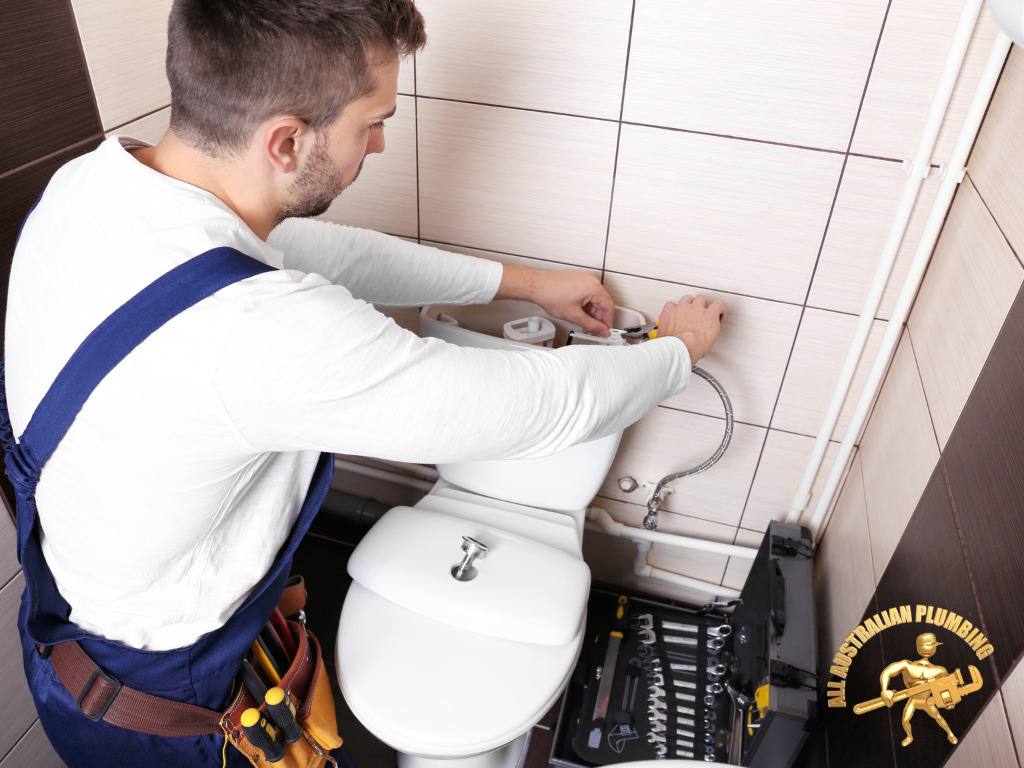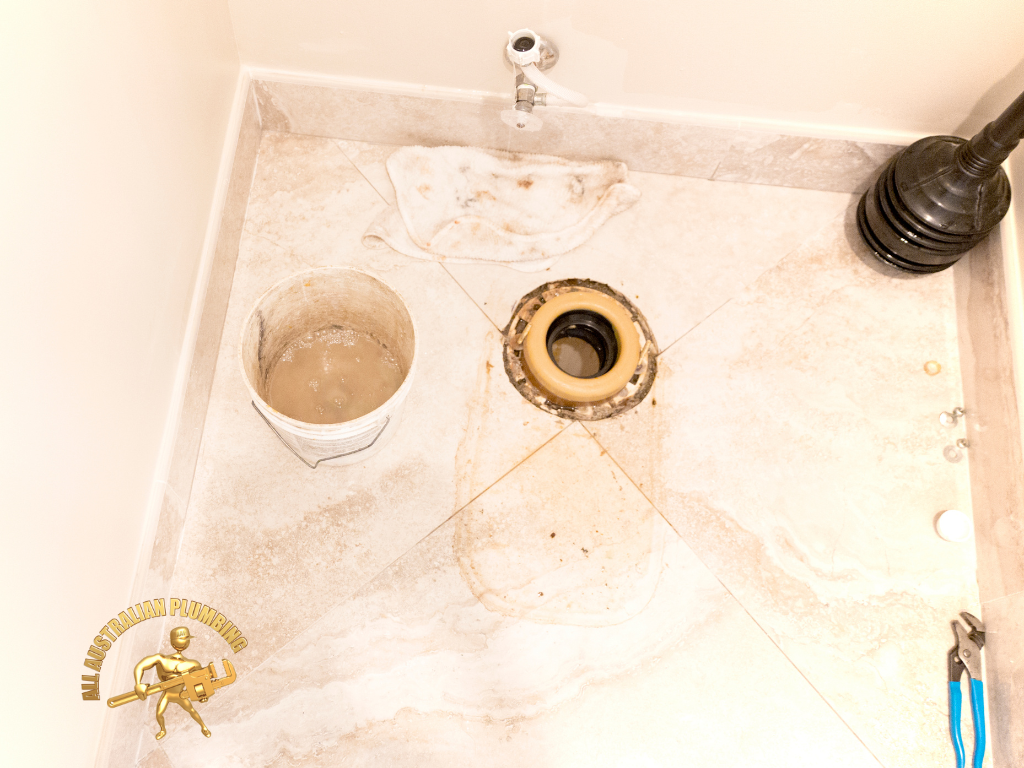The toilet repair, an essential component in bathroom plumbing, is a fitting that connects the bottom of the toilet to the drainpipe in the floor. Its primary role is to securely anchor the toilet to the floor and ensure a leak-free connection between the toilet and the plumbing system. The flange needs to be properly sealed to prevent water and sewer gases from escaping, which is crucial for maintaining a sanitary and odor-free bathroom environment. When seeking plumber services, particularly from professional plumbers or affordable plumbing services, it’s common for them to inspect the toilet flange as part of standard toilet installation or repair.
Common Types of Toilet Flanges

Toilet flanges come in various materials and designs, each suited for different plumbing setups and preferences. The most common types include PVC flanges, which are popular for their durability and resistance to corrosion, and cast iron flanges, often used in older homes or with cast iron piping. There are also stainless steel and brass flanges, known for their strength and longevity. Affordable plumbers can provide advice on the best type of flange for your specific toilet and bathroom setup.
Identifying Flange Issues
Symptoms of a Faulty Toilet Flange
Recognizing problems with a toilet flange is key to timely repairs. Common symptoms of a faulty flange include water leaking from the base of the toilet, unpleasant odors emanating from around the toilet, a rocking or unstable toilet, and visible damage or rust on the flange itself. If you notice any of these signs, it might be time to seek professional plumber services for a thorough assessment.
Diagnosing Flange Damage
To diagnose flange damage, first, turn off the water supply and drain the toilet to inspect the flange. Look for cracks, breaks, or signs of corrosion. Sometimes, a damaged flange can cause a leaky faucet or other plumbing issues in the bathroom. If you’re unsure about the extent of the damage, affordable plumbers or professional plumbing services can provide an expert evaluation and recommend the best course of action.
Preparation for Flange Repair or Replacement
Tools and Materials Needed
Repairing or replacing a toilet flange requires specific tools and materials. Generally, you’ll need a new toilet flange, a wax ring, screws or bolts to secure the flange, a screwdriver, a wrench, a putty knife, and possibly a hacksaw if the old flange needs to be cut out. It’s advisable to have these tools on hand before starting the job, or you can consult with affordable plumbing services for a complete solution.
Preparing the Work Area
Before beginning the repair or replacement, ensure the work area is safe and efficient. Turn off the water supply to the toilet and flush to drain the tank. Disconnect the water supply line and remove the toilet, setting it aside on a towel or tarp to prevent mess. Clean the area around the flange, removing any old wax or debris to prepare for the new installation. Taking these steps helps ensure a smooth repair or replacement process, whether you’re tackling it yourself or employing the services of a professional plumber.
Step-by-Step Guide to Toilet Flange Repair

Repairing Minor Flange Damage
For minor flange damages, such as small cracks or chips, you can often make repairs without needing a full replacement. Start by cleaning the flange area thoroughly. If the damage is minor, use a flange repair kit, which typically includes a ring that attaches to the top of the existing flange. Follow the kit instructions to secure the ring properly, ensuring it’s tightly fitted and level.
Ensuring a Proper Seal
To ensure a proper seal, check the height of the flange. It should sit slightly above the floor level. If it’s lower, use flange spacers to raise it to the correct height. Once the flange is at the right height, install a new wax ring onto the bottom of the toilet or onto the flange itself. The wax ring must be compressed evenly to create a watertight seal between the toilet and the flange.
Toilet Flange Replacement Process
Removing the Old Flange
- Turn off the water supply and flush the toilet to drain the tank.
- Disconnect the water supply line and remove the toilet, setting it aside.
- Remove any old wax ring residue from the flange and surrounding area.
- Unscrew the flange from the floor. If it’s a PVC flange glued to a drainpipe, cut it out carefully with a hacksaw.
Installing a New Flange
- Position the new flange over the drainpipe. Ensure it’s sitting flush and level with the floor.
- Screw the flange onto the floor, using stainless steel screws for durability.
- If installing a PVC flange, apply PVC cement to the pipe and flange, and attach them firmly.
Maintenance Tips for Toilet Flanges
Regular Inspection and Care
Maintaining your toilet flange is crucial for preventing leaks and other plumbing issues. Regular inspections, ideally twice a year, can help identify potential problems early. Check for any signs of corrosion, cracks, or looseness in the flange. Ensure that the seal between the toilet and the flange is intact. If you notice water pooling around the base of the toilet or an unpleasant odor, these could be signs that your flange may need attention. Regular cleaning around the base of the toilet also helps in keeping the area free from corrosive substances that can damage the flange.
Avoiding Common Flange Problems
Preventative measures are key to extending the lifespan of your toilet flange. Avoid using harsh chemicals in your toilet that can corrode the flange and connecting pipes. Be mindful of what you flush down the toilet; avoid flushing anything that could potentially cause clogs, as these can put undue pressure on the flange. Ensure your toilet is securely mounted and does not rock, as movement can weaken the flange’s seal over time. Proper installation and periodic tightening of the toilet bolts can prevent this issue.
Conclusion
The toilet flange may seem like a small part of your plumbing system, but it plays a vital role in the overall functionality of your toilet. A well-maintained toilet flange ensures a secure connection between the toilet and the drainage system, preventing leaks and potential water damage. Keeping the flange in good condition also contributes to maintaining a hygienic and odor-free bathroom environment. Regular maintenance of the toilet flange is therefore essential for the long-term integrity and functionality of your toilet.




